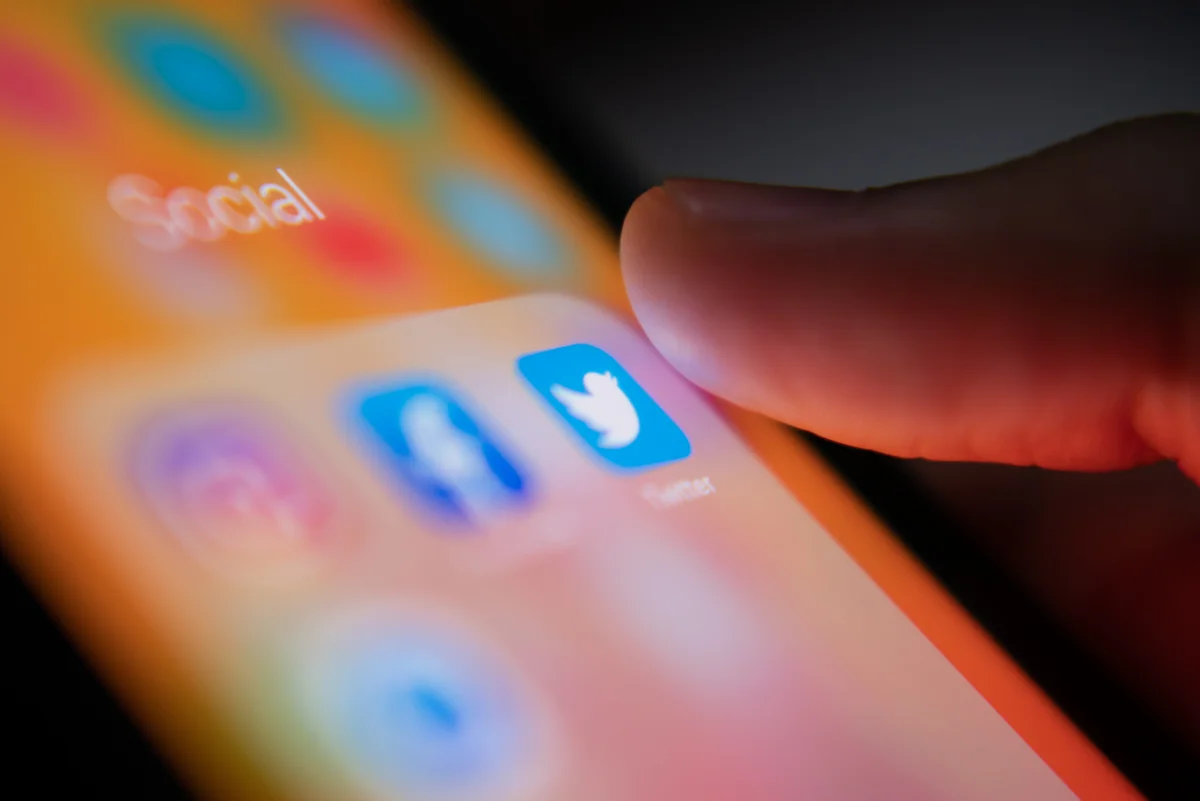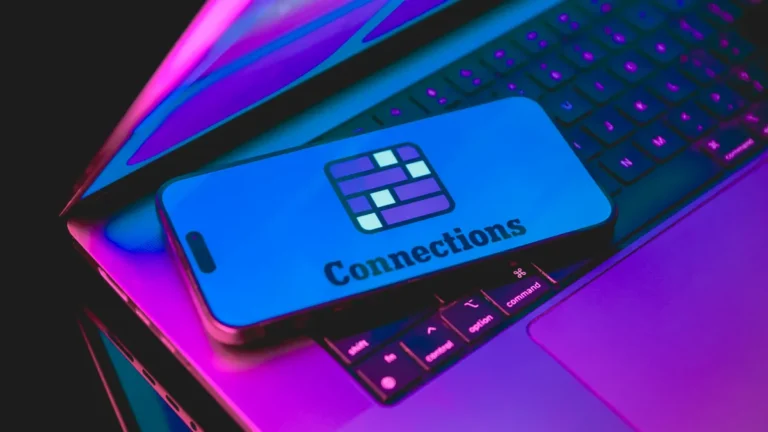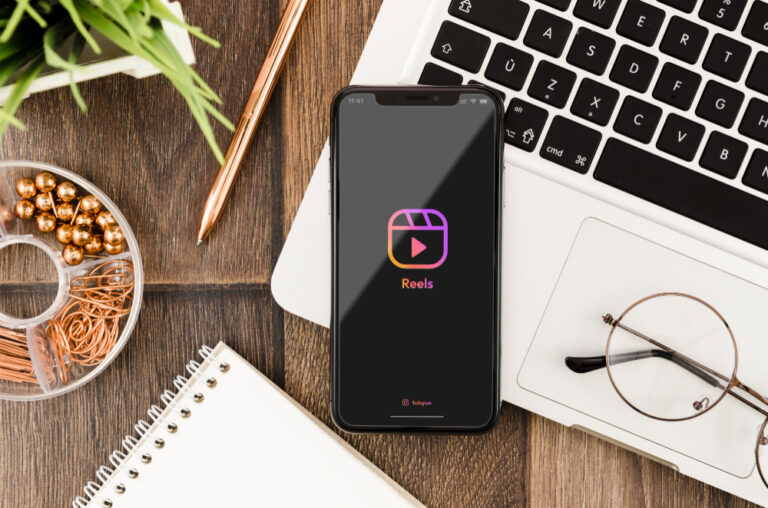Social Media Bots And How Do They Work
Social media has become an integral part of our daily lives, influencing communication, business, entertainment, and even politics. But behind the scenes of this vast digital network lies a significant, often controversial, element: social media bots. These bots, essentially automated programs, are designed to perform various tasks on social platforms. In this article, we’ll explore what social media bots are, how they work, and the impact they have on online ecosystems.
What Are Social Media Bots?
Social media bots are automated software programs that run on social networking platforms such as Facebook, Twitter, Instagram, and TikTok. They are programmed to perform actions such as posting content, liking, commenting, following users, and even generating conversations—mimicking the activities of real human users. However, unlike humans, bots can operate at a much faster pace and with minimal effort.
Bots come in various forms, each designed for specific tasks. These range from helpful customer service bots, which assist users with basic queries, to malicious bots that are programmed to manipulate public opinion, spread misinformation, or perform spam attacks. The line between useful and harmful bots can sometimes be blurry, but their presence across social platforms is undeniable. While Planets Snapchat encourages organic engagement, bots can mimic human behavior by liking, commenting, or sharing content without manual input.
How Do Social Media Bots Work?
Social media bots function using a combination of automation scripts and Artificial Intelligence (AI) algorithms. Here’s a step-by-step overview of how they operate:
- Task Automation: Bots are typically pre-programmed with specific tasks. For instance, they may be instructed to follow certain users, retweet posts with certain keywords, or post comments under specific hashtags. These tasks can be looped or triggered by specific events.
- AI and Machine Learning: More sophisticated bots are powered by AI and machine learning, enabling them to mimic human behavior more effectively. For example, conversational bots, like those used for customer service, can understand natural language, respond contextually, and even learn from previous interactions to improve over time.
- APIs and Scripts: Most social platforms provide APIs (Application Programming Interfaces) that allow developers to integrate bots into the platform. The API gives the bot access to perform actions, such as posting or retrieving user data. The bot’s behavior is defined by scripts that tell it when and how to perform actions, such as liking or commenting on posts with specific keywords.
- Content Analysis and Response: Bots can analyze social media trends, keywords, and user behavior to determine the best time to engage with content. For instance, a marketing bot might automatically schedule posts during peak hours to maximize visibility.
Social media bots are a double-edged sword, offering benefits such as improved customer service and marketing efficiency, while also presenting challenges in the form of misinformation, fake engagement, and security threats. As technology advances, the role of bots in social media will likely grow, making it essential for platforms, users, and governments to collaborate in ensuring the responsible use of automation.
Keep an eye for more latest news & updates on USA Upmagazine!






